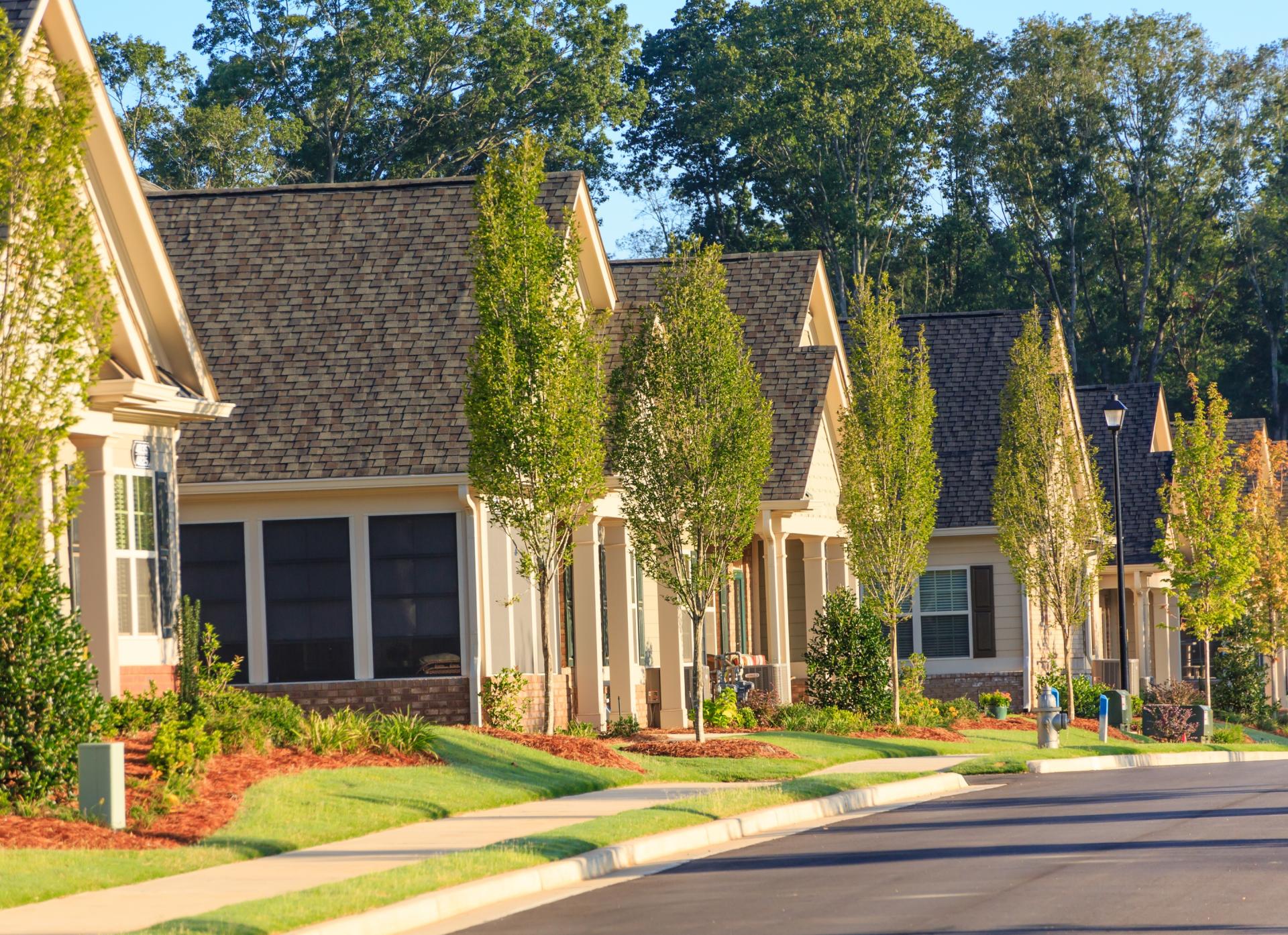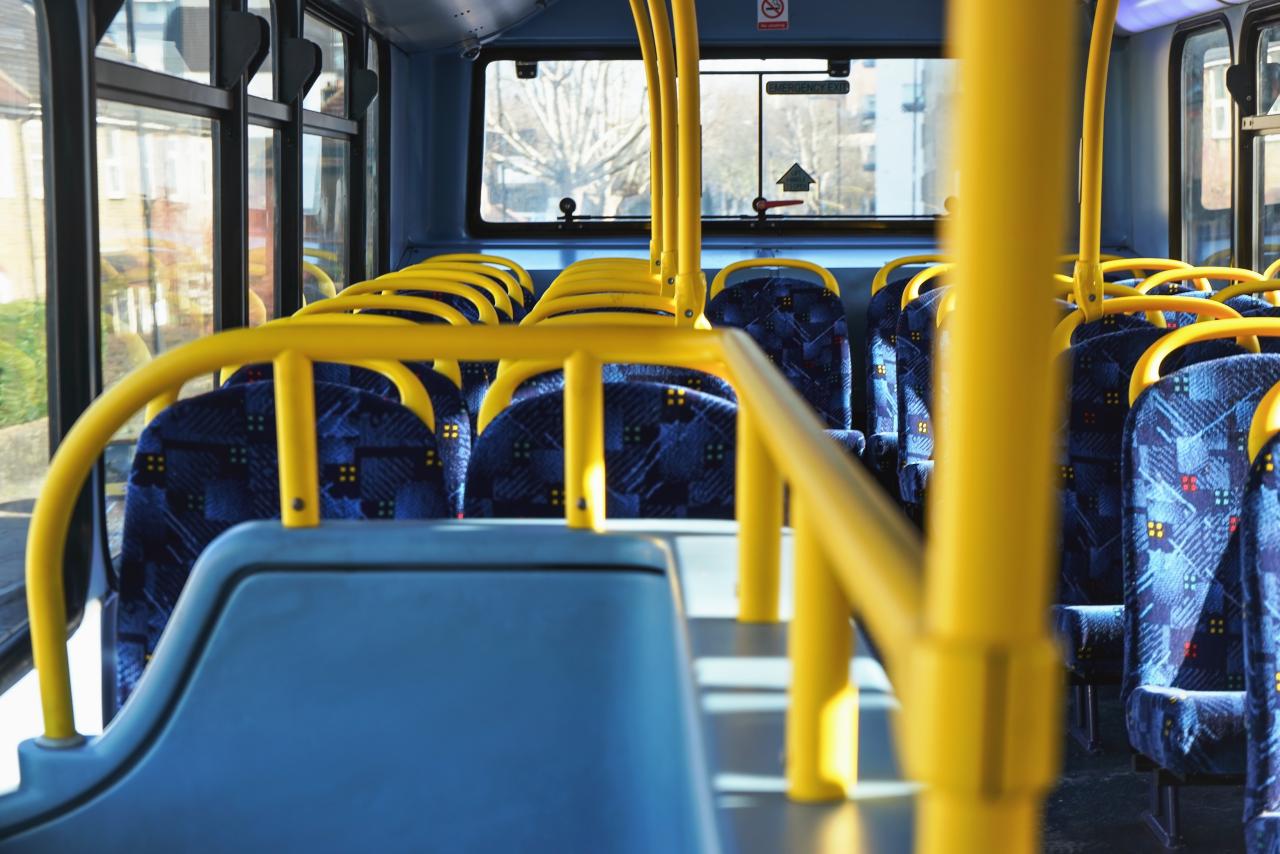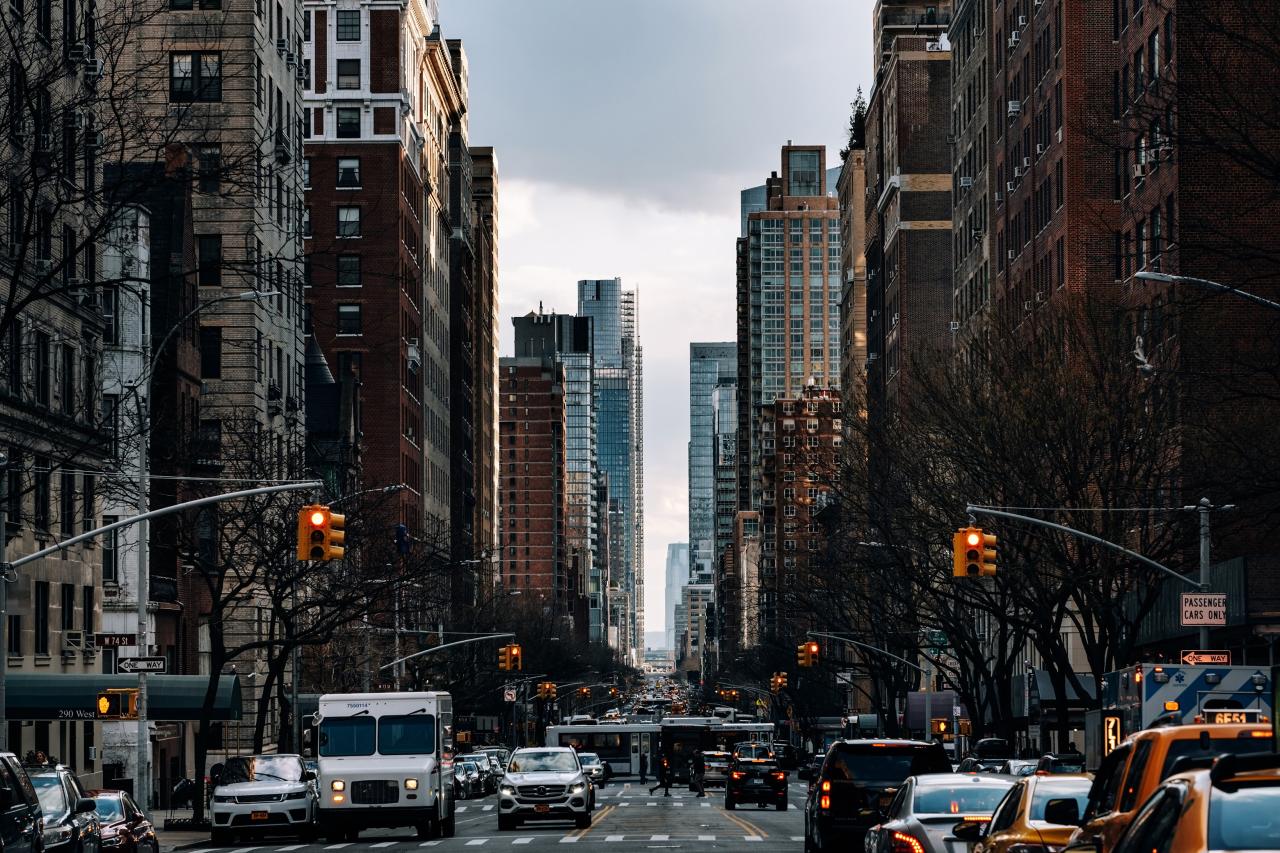
Introducing how housing characteristics can influence urban productivity
This Brief introduces and summarises the concept that housing characteristics — such as a dwelling’s qualities, location, neighbourhood and price — can influence wider urban productivity growth.
This Brief incorporates material previously published in AHURI’s Policy Issues Analysis series in 2015.
02 Oct 2022
AHURI research has identified four overarching housing characteristics that can influence urban productivity growth: the dwelling’s qualities, location, neighbourhood and price. Although urban productivity growth is measured at the city rather than household level, the human and social capital of households are key inputs into how urban environments function productively.
| Housing characteristic | Intermediary | Examples of productivity impacts |
| 1. Dwelling qualities |
Size/ comfort
Build quality |
|
| 2. Dwelling location | Transport Infrastructure |
|
| 3. Dwelling neighbourhood | Social relations (Social capital formation and trust) |
|
| 4. Dwelling prices (purchase costs or rents) | High costs/ reduced availability |
|
| Change in prices |
|
These housing characteristics can impact urban productivity either directly or indirectly.
An example of a direct impact can be seen in the 'location' characteristic of increasingly polarised cities, whereby low-moderate income households can't afford to live close to where the jobs are (particularly those jobs in the CBD), which leads to reduced employment opportunities for these households, and reduced profitability for CBD businesses who can't pay low-waged staff enough to make long commute times worth their while.
Examples of indirect impacts include the 'quality' characteristic of health whereby damp homes exacerbate respiratory diseases, which lead to increased sick leave payments, reduced business productivity and higher health costs for the community, or when crowded homes don't have quiet places for children to do homework or study, thereby reducing education outcomes.
This Brief incorporates material previously published in AHURI’s Policy Issues Analysis series.





